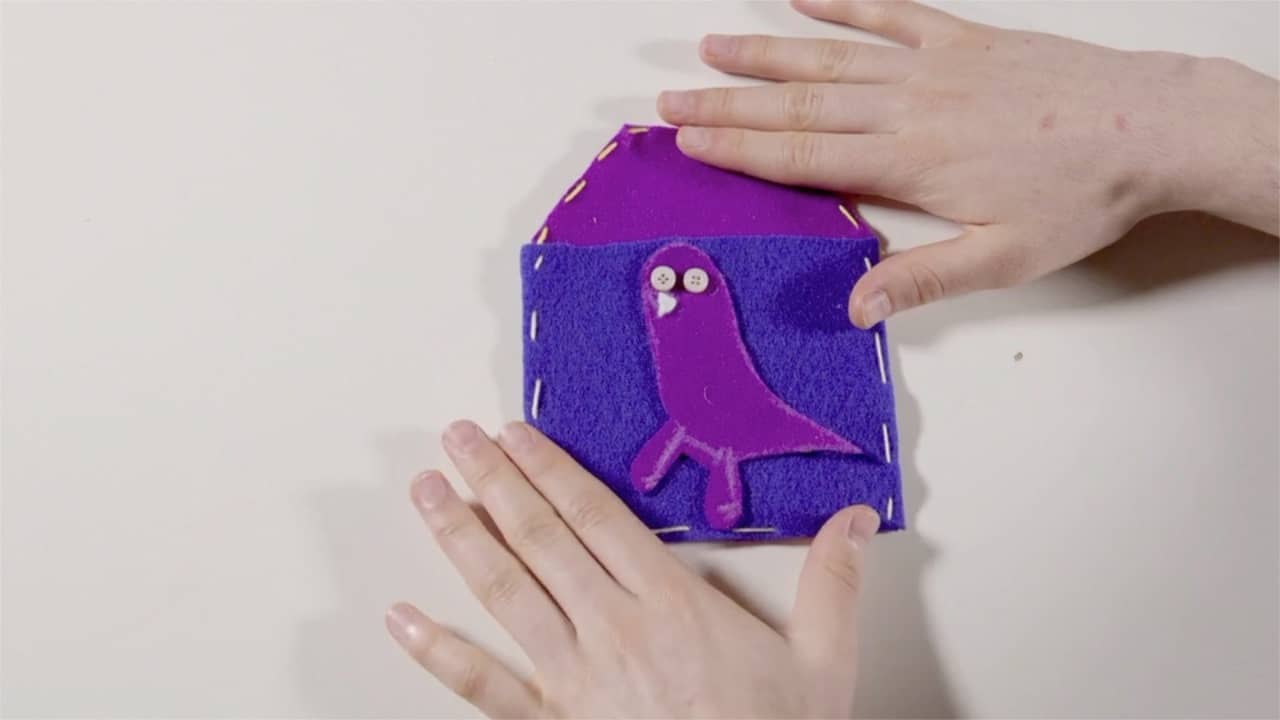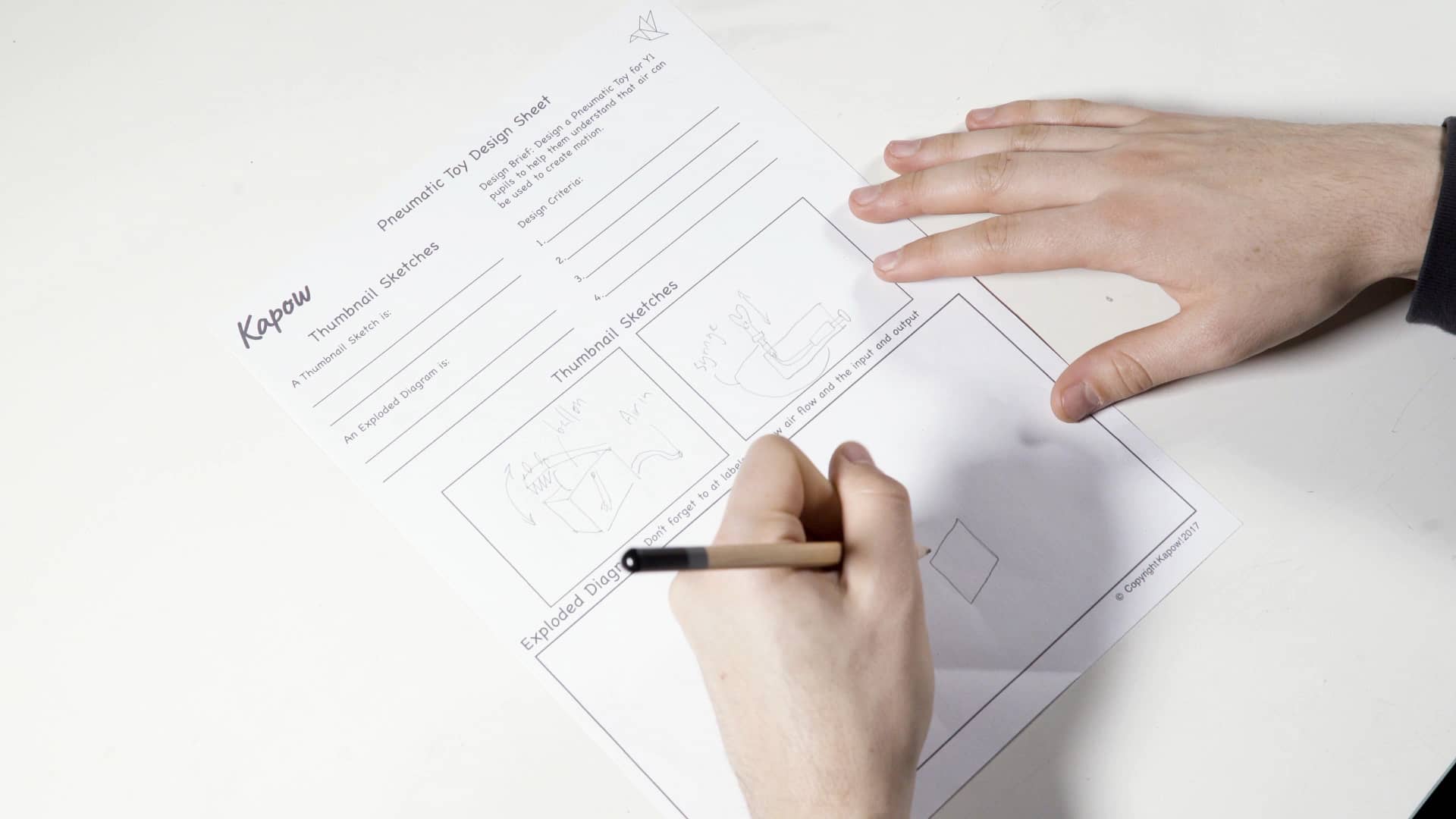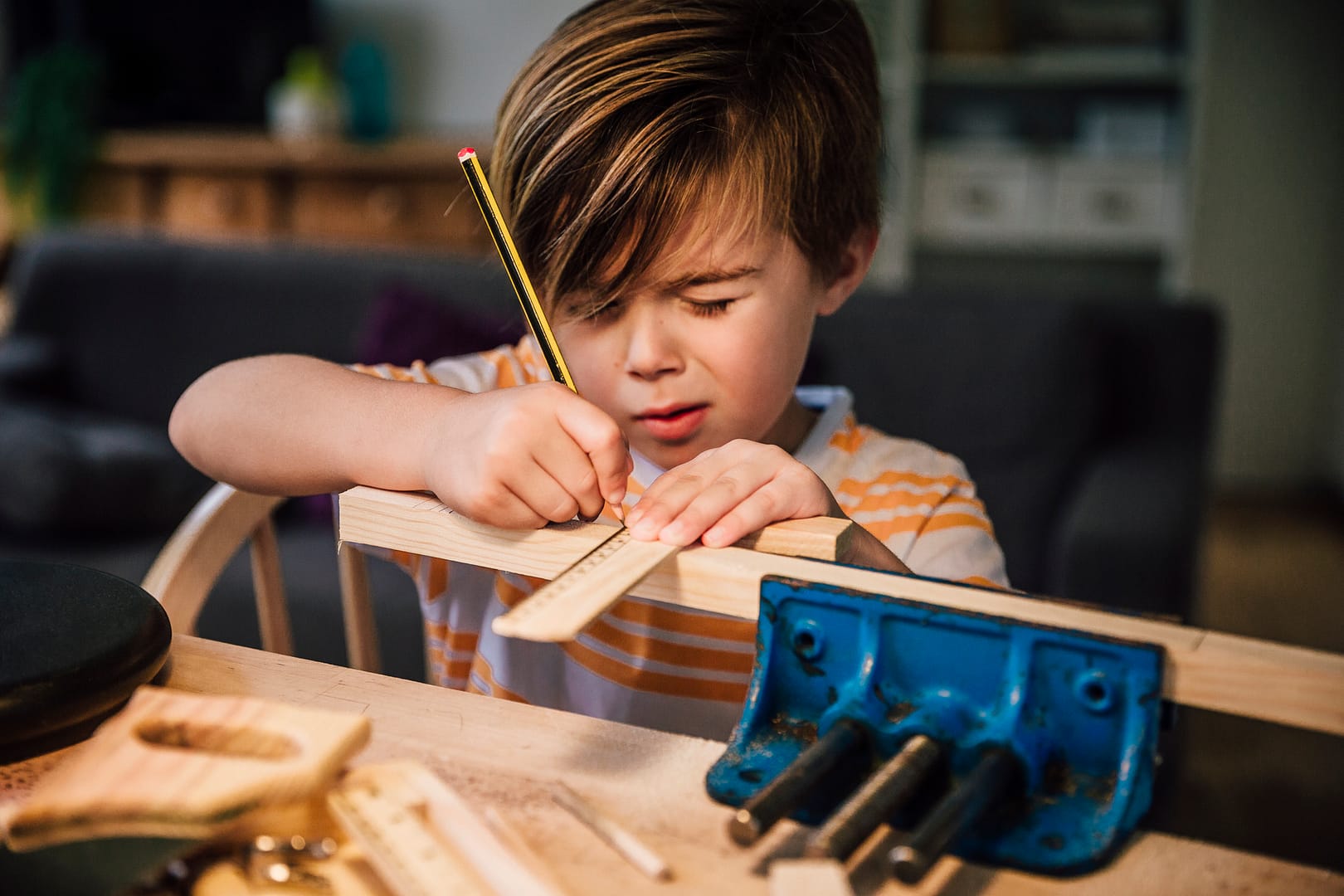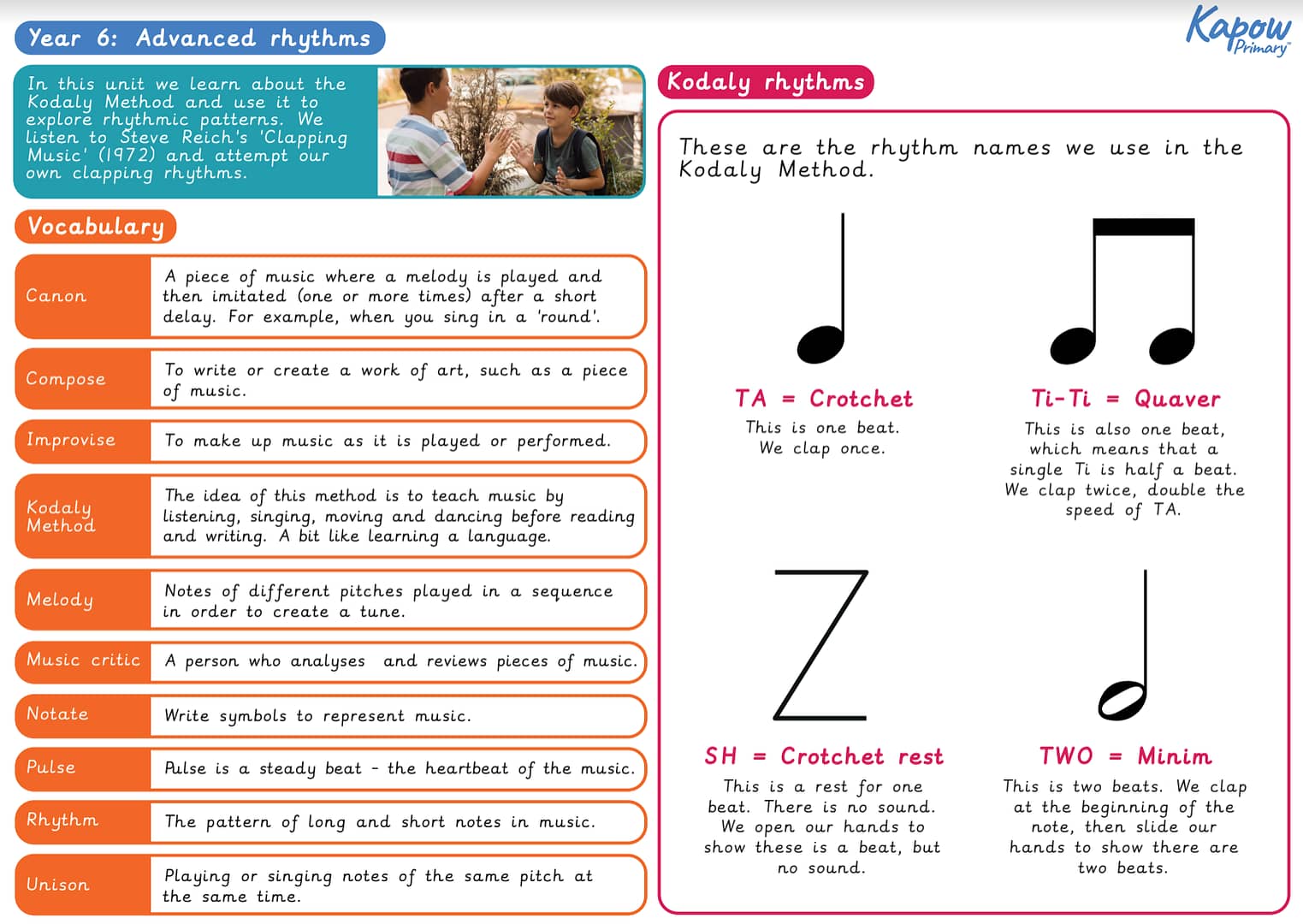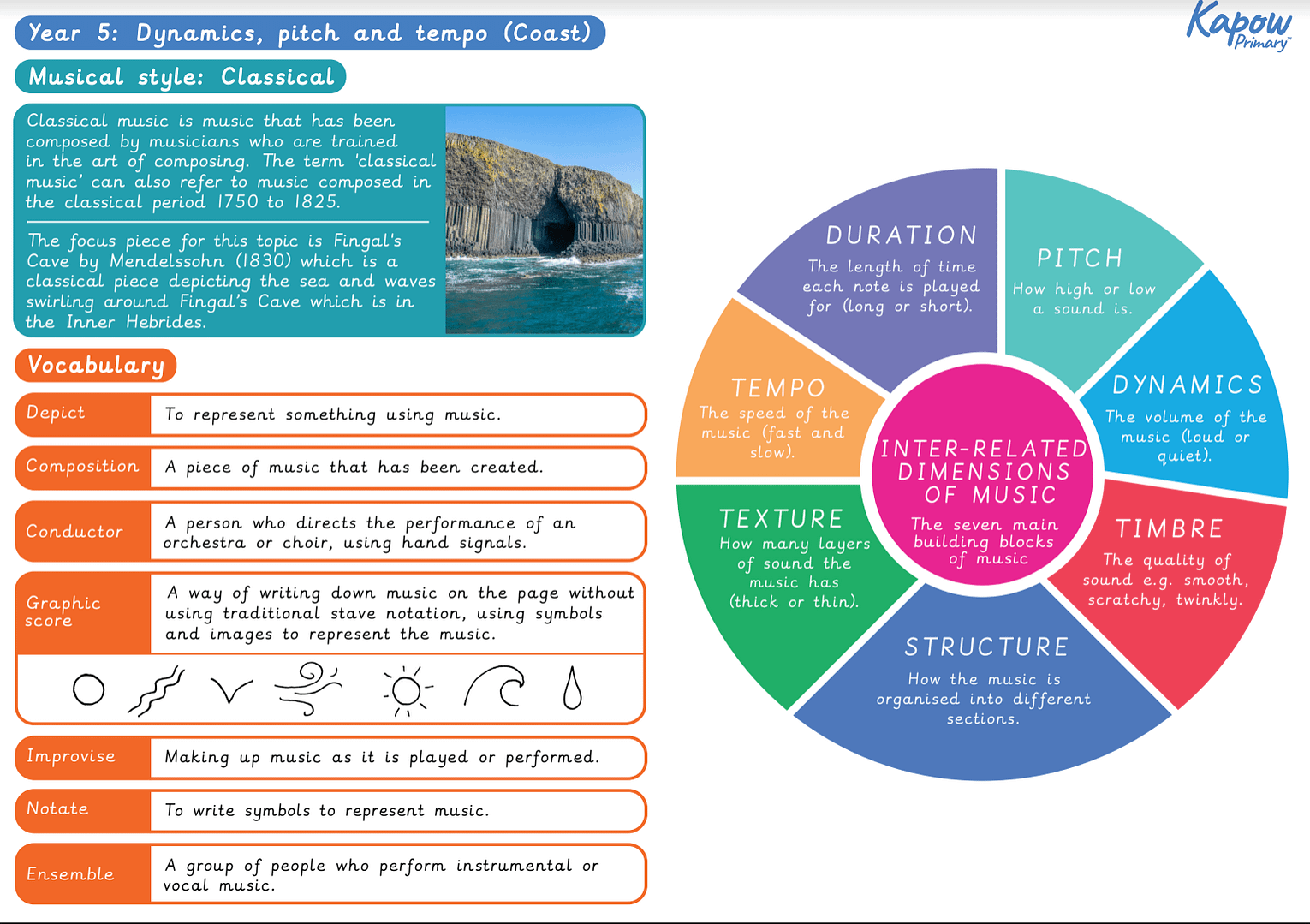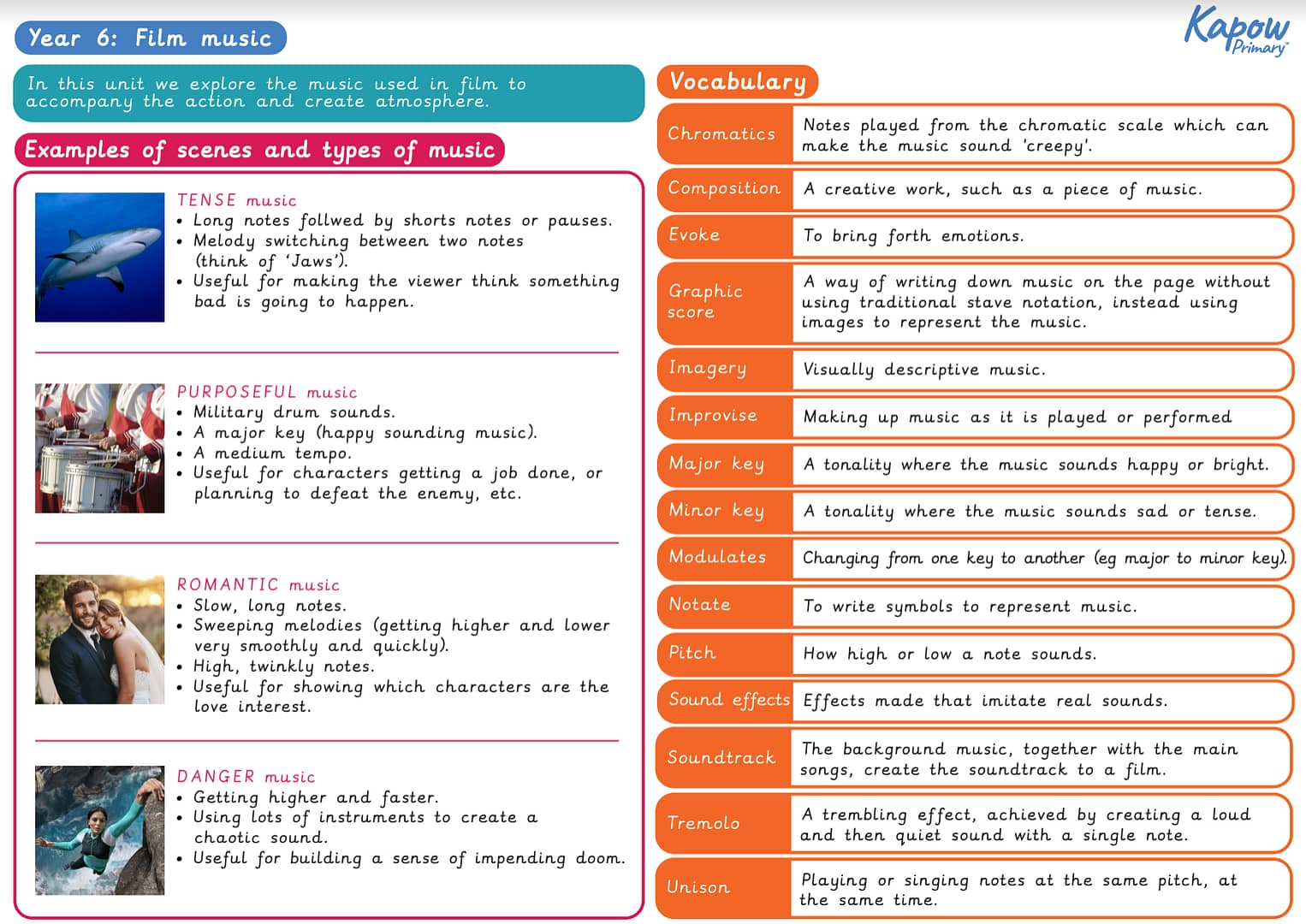Evaluation template for pupils to reflect and evaluate their Design and technology projects. Space has been provided for drawings, diagrams or photographs of their final outcomes. You can edit the template to adapt it to your specific needs.
year: Year 6
D&T Mini evaluation (star rating)
Star-rating evaluation template for pupils to reflect and evaluate their D&T projects. Space has been provided for drawings, diagrams or photographs of their final outcomes. You can edit the template to adapt it to your specific needs.
D&T Mini evaluation (written)
Evaluation template for pupils to reflect and evaluate their D&T projects. Space has been provided for drawings, diagrams or photographs of their final outcomes. You can edit the templates to adapt them to your specific needs.
D&T Project evaluation (star rating)
Star-rating evaluation template for pupils to reflect and evaluate their projects. Space has been provided for drawings, diagrams or photographs of their final outcomes. You can edit the template to adapt it to your specific needs.
Computing acceptable use policy for pupils – KS2
Archived unit: Knowledge organiser: Y6 – Music: Advanced rhythms
A Knowledge Organiser that captures the essential knowledge and skills learnt throughout the unit Archived Unit: Advanced rhythms.
This unit introduces pupils to the Kodály Method, emphasizing learning music through listening, singing, movement, and dancing before reading and writing. Pupils explore rhythmic patterns using Kodály rhythm syllables such as ‘TA’ (crotchet), ‘Ti-Ti’ (quavers), ‘SH’ (crotchet rest), and ‘TWO’ (minim). They engage with Steve Reich’s ‘Clapping Music’ (1972), experimenting with clapping rhythms and canons to develop their understanding of pulse and rhythm. Through these activities, pupils enhance their improvisation skills and deepen their appreciation of complex rhythmic structures.
Knowledge organiser – Music Y6: Dynamics, pitch and texture (Theme: Coast)
A Knowledge Organiser that captures the essential knowledge and skills learnt throughout the unit Music, Year 6: Dynamics, pitch and texture (Theme: Coast).
This unit supports pupils as they explore how classical music can depict natural scenes, focusing on Felix Mendelssohn’s Fingal’s Cave. Pupils examine how composers use the interrelated dimensions of music—structure, texture, dynamics, timbre, pitch, tempo, and duration—to represent the movement and atmosphere of the sea.
Knowledge organiser: Music – Y6: Theme and variations (Theme: Pop Art)
A Knowledge Organiser that captures the essential knowledge and skills learnt throughout the unit Music, Year 6, Theme and Variations (Pop Art).
This resource supports pupils as they explore the musical form of theme and variations, drawing inspiration from the bold and vibrant Pop Art movement. It introduces key vocabulary and concepts such as melody, rhythm, pulse, phrase, and notation, helping pupils understand how composers develop and transform musical ideas. The unit also familiarizes pupils with orchestral families—strings, woodwind, brass, and percussion—and includes Kodály rhythm syllables to reinforce rhythmic understanding. Pupils enhance their compositional skills and deepen their appreciation of musical structure and creativity.
Knowledge organiser – Music Y6: Film music
A Knowledge Organiser that captures the essential knowledge and skills learnt throughout the unit Music, Year 6, Film Music.
This resource supports pupils as they delve into the world of film music, examining how composers use musical elements to enhance storytelling and evoke emotions. It introduces key vocabulary and concepts such as composition, pitch, major and minor keys, modulation, tremolo, chromatics, and graphic scores, helping pupils understand the techniques used to create specific atmospheres in film scenes.
The unit also explores how different musical styles are constructed to support various cinematic moments. By engaging with these elements, pupils develop their analytical listening skills and creative composition abilities.


